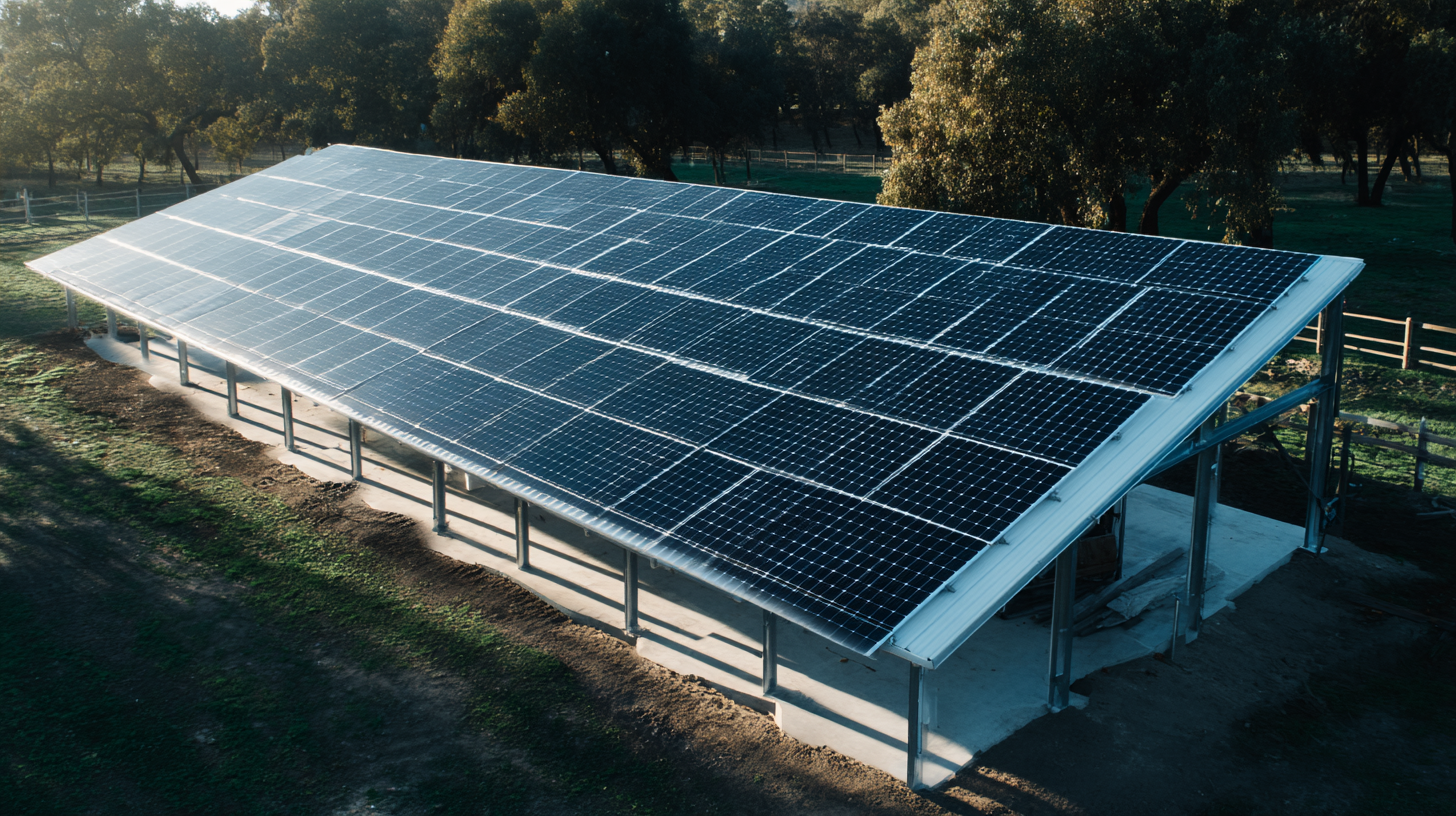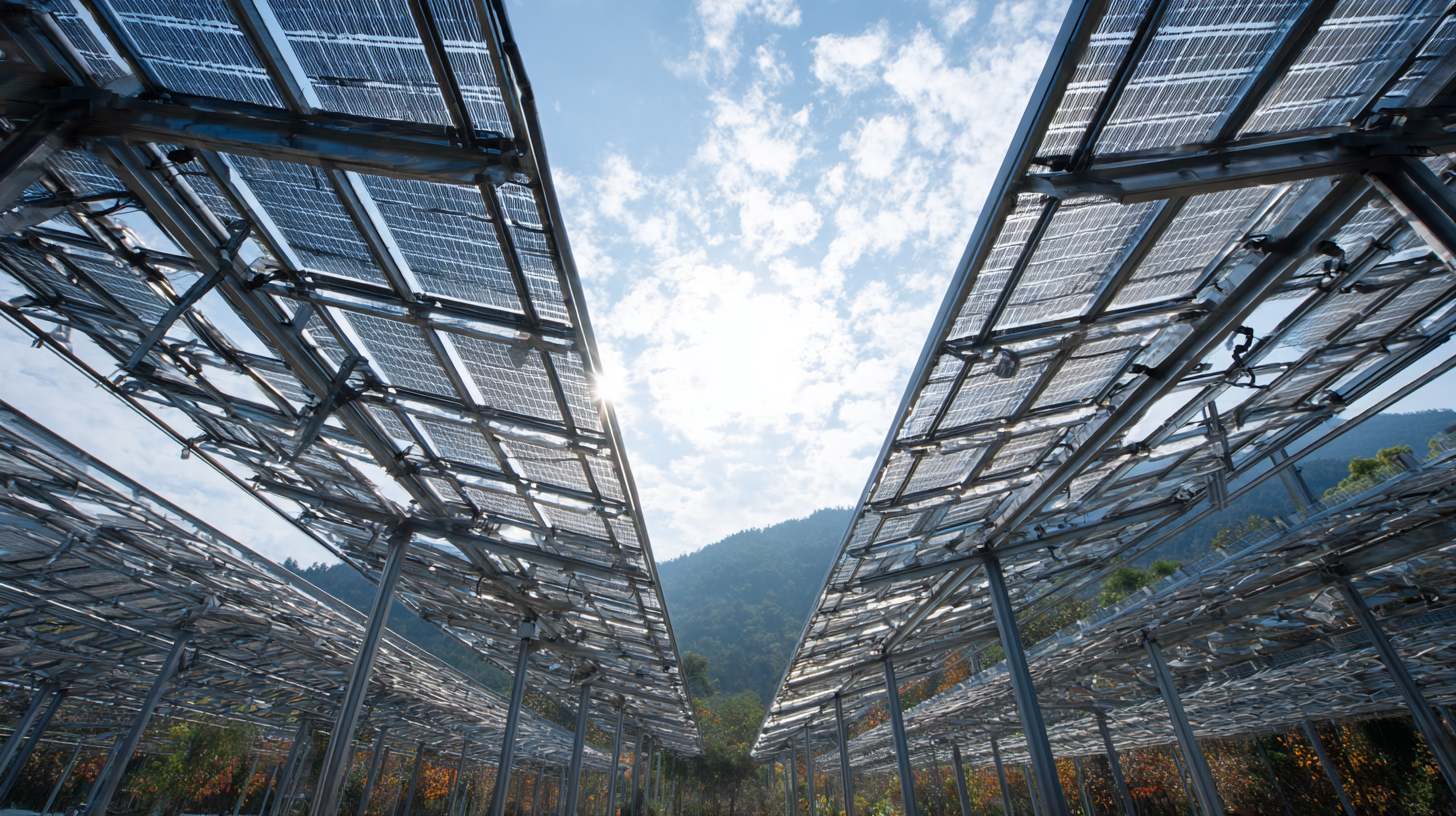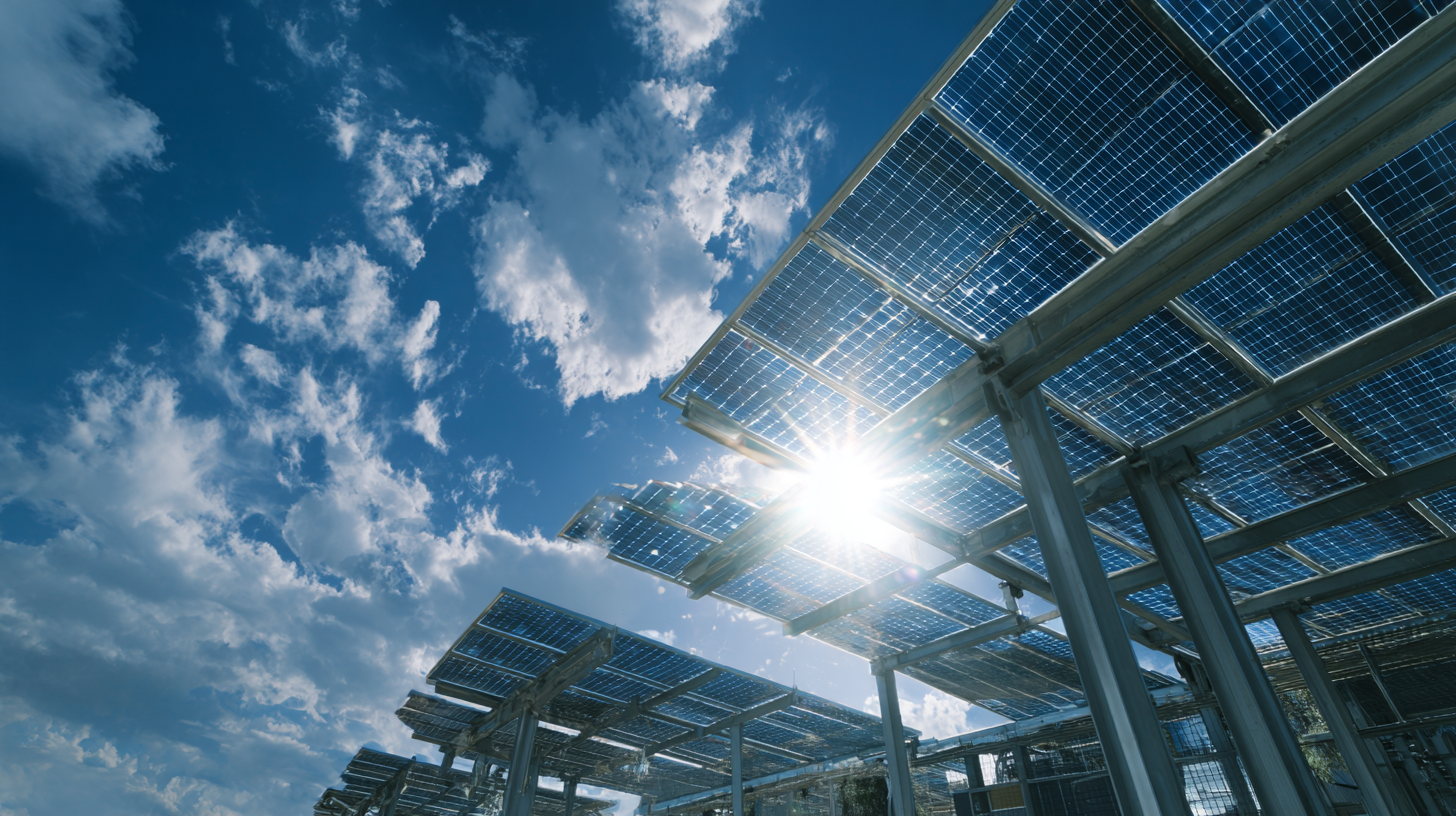
Blog
Achieving Export Certification for the Best Solar Structures: A Step-by-Step Guide
In today's rapidly evolving renewable energy landscape, the importance of achieving export certification for solar structures cannot be overstated. As countries around the globe strive to meet sustainability goals and transition to cleaner energy sources, the demand for high-quality solar structures has surged. This guide aims to demystify the certification process, providing a step-by-step approach to help manufacturers and stakeholders navigate the complexities of export certification. Not only does this ensure compliance with international standards, but it also enhances the credibility and marketability of solar structures in a competitive global arena. In this blog, we'll explore key reasons why securing export certification is essential, the specific requirements involved, and the best practices that can lead to successful certification.

Overview of Export Certification Requirements for Solar Structures
When seeking export certification for solar structures, it's crucial to understand the specific requirements that vary by region and product type. Different countries have unique standards and regulations, which can include safety protocols, environmental considerations, and performance metrics. Thoroughly researching the target market's certification standards will streamline the process and ensure compliance with local laws.
**Tip:** Always consult with local regulatory bodies or certification agencies to get the latest updates on export requirements. This can prevent costly delays and ensure that no important criteria are overlooked.
Additionally, preparing all necessary documentation ahead of time is vital. This includes technical specifications, quality assurance measures, and testing results. Having a comprehensive and organized portfolio will facilitate quicker evaluations by certifying organizations.
**Tip:** Keep detailed records of your production processes and quality checks. This transparency not only aids certification but also builds trust with international partners.
Key Differences in Certification Processes Across Major Markets
Navigating the complexities of export certification for solar structures requires a keen understanding of the distinct regulations across different markets. The adoption of solar technologies continues to surge globally, with the International Energy Agency reporting that solar capacity reached 1,000 GW in 2020, marking a significant expansion. However, varying certification processes can pose challenges for manufacturers aiming for international market access. For instance, the European Union adheres to the EN 50583 standard, which emphasizes safety, performance, and durability, whereas the United States employs the UL 1703 standard, focusing primarily on safety while also encompassing performance metrics.
In Asia, countries like Japan and China have their own unique certifications. Japan utilizes the JIS standard, ensuring compliance with stringent seismic and typhoon resistance requirements, aligning with the country's environmental conditions. Conversely, China's certification under the GB/T 9535 standard encompasses not only product safety but also performance criteria tailored to the fast-growing domestic market. Understanding these key differences is crucial for manufacturers, as it dictates not only compliance obligations but also influences product design, testing, and ultimately, market entry strategies. As the solar market continues to evolve, keeping abreast of these regional nuances will be integral to achieving successful export certification.
Export Certification Comparison for Solar Structures
Comparative Analysis of Certification Standards for Solar Products
Achieving export certification for solar products is crucial for ensuring compliance with international standards, particularly in the rapidly evolving renewable energy sector. A comparative analysis of certification standards reveals the importance of understanding various factors that influence the export process. For example, the recent study on the reliability of commercial PV modules highlights that different certification benchmarks exist. This underscores the necessity for solar manufacturers to align their products with the most rigorous certification standards.

When navigating certification, here are some tips to keep in mind: First, familiarize yourself with the certification requirements in your target markets. Each region may have specific standards that solar products must meet. Engaging with certification bodies early in the development process can provide valuable insights and help streamline approvals. Secondly, consider conducting thorough testing and validation of your solar structures, as seen in studies exploring energy-efficient materials. This not only boosts confidence in your product but also aids in achieving certifications faster.
Finally, keep abreast of innovations in the solar industry that can enhance sustainability and efficiency, such as the role of generative AI and advanced design methodologies. By integrating cutting-edge technologies, you can improve your product’s compliance with sustainable practices, ultimately making it more attractive to markets focused on environmental responsibility.
Essential Documentation for Export Certification: What Sets Them Apart
When pursuing export certification for solar structures, understanding the essential documentation involved is crucial. This documentation not only acts as proof of compliance with international standards but also differentiates your product in a competitive market. Key documents often required include technical specifications, quality assurance reports, and compliance certificates that validate adherence to regulatory frameworks both locally and globally. Each document serves a unique purpose and conveys specific information that collectively assures buyers and regulatory bodies of the safety and reliability of the solar structures.
Moreover, the distinction between various types of documentation can significantly impact the certification process. For example, while some documents like safety assessments focus on performance criteria, others like environmental impact reports address sustainability concerns. Compiling a comprehensive portfolio of these documents is essential as they provide a holistic view of your product's capability to meet diverse market demands. Understanding the importance and implications of each type of documentation can streamline the certification process and enhance market access, ultimately leading to successful exportation of solar structures.

Common Challenges and Solutions in Achieving Export Certification for Solar Structures
When pursuing export certification for solar structures, several common challenges can arise. One major hurdle is navigating the complex regulatory landscape. Different countries have varying standards, which can lead to confusion about compliance requirements. To overcome this, it is beneficial to thoroughly research the specific regulations in your target market. Collaborating with local experts or industry consultants can provide invaluable insights, streamlining the certification process.
Another challenge is ensuring product quality meets international standards. Inadequate testing can result in certification failures, delaying exports. Implementing a rigorous quality assurance program is crucial. Regular audits and inspections can help identify potential issues before certification. It's also wise to invest in training for your team on the latest testing protocols to guarantee that all solar structures adhere to the required specifications.
Communication can also pose a challenge. Misunderstandings between manufacturers, certifying bodies, and regulatory authorities may lead to setbacks. Clear and consistent communication is key. Utilizing project management tools can facilitate better collaboration and ensure that all stakeholders are aligned throughout the certification process. Keeping everyone informed can help resolve issues promptly, thereby expediting certification for your solar structures.